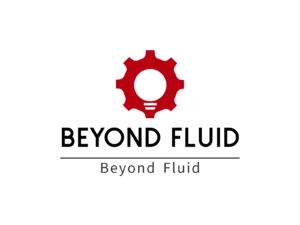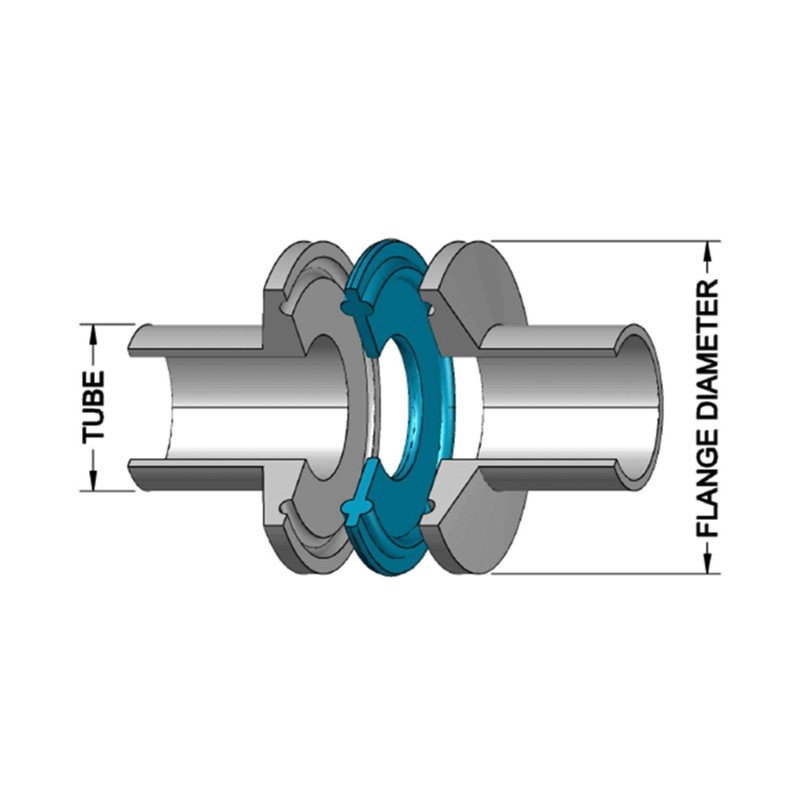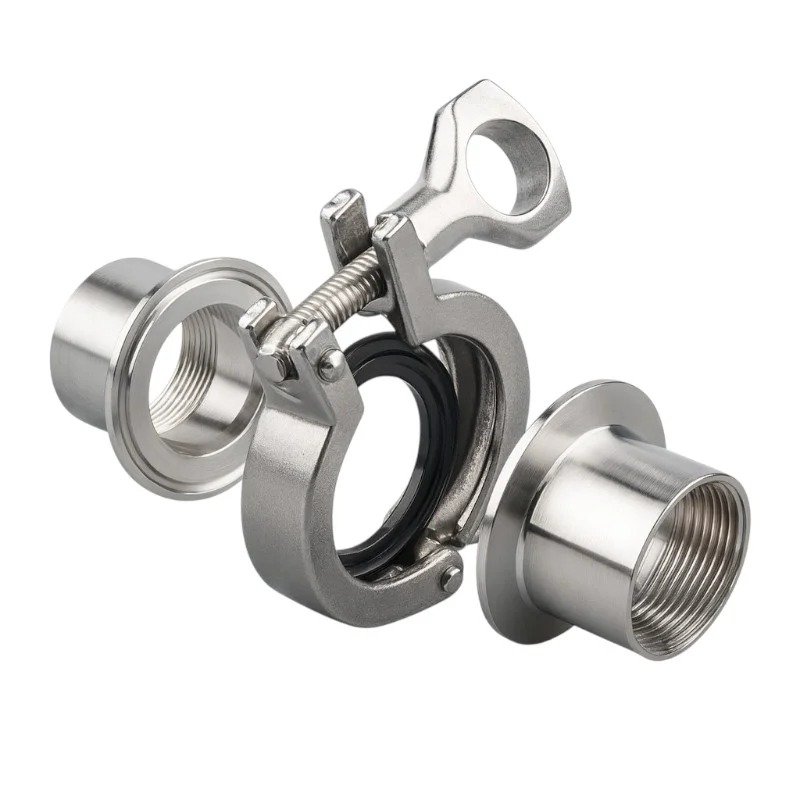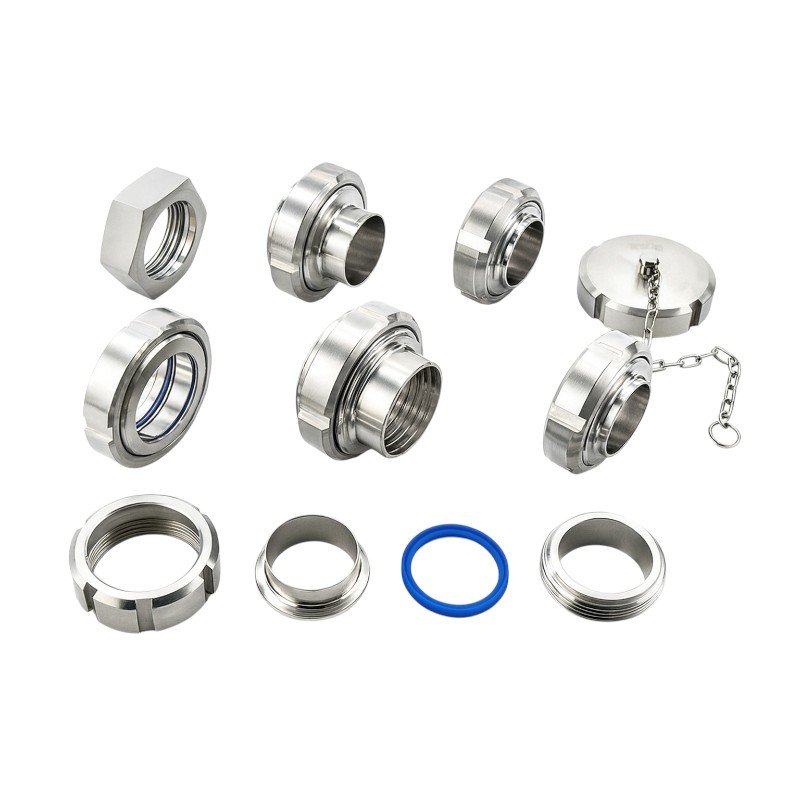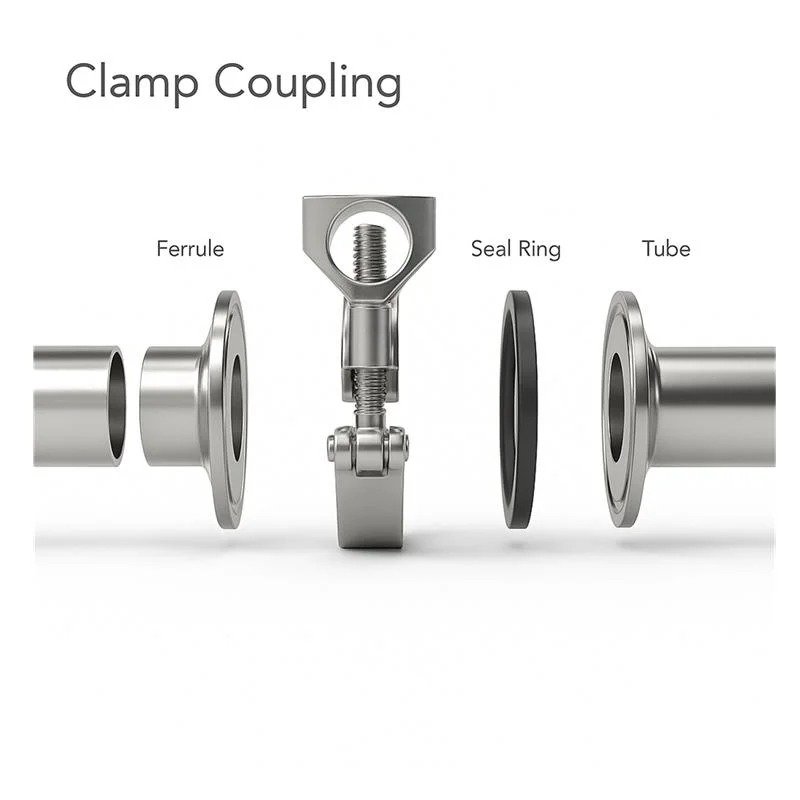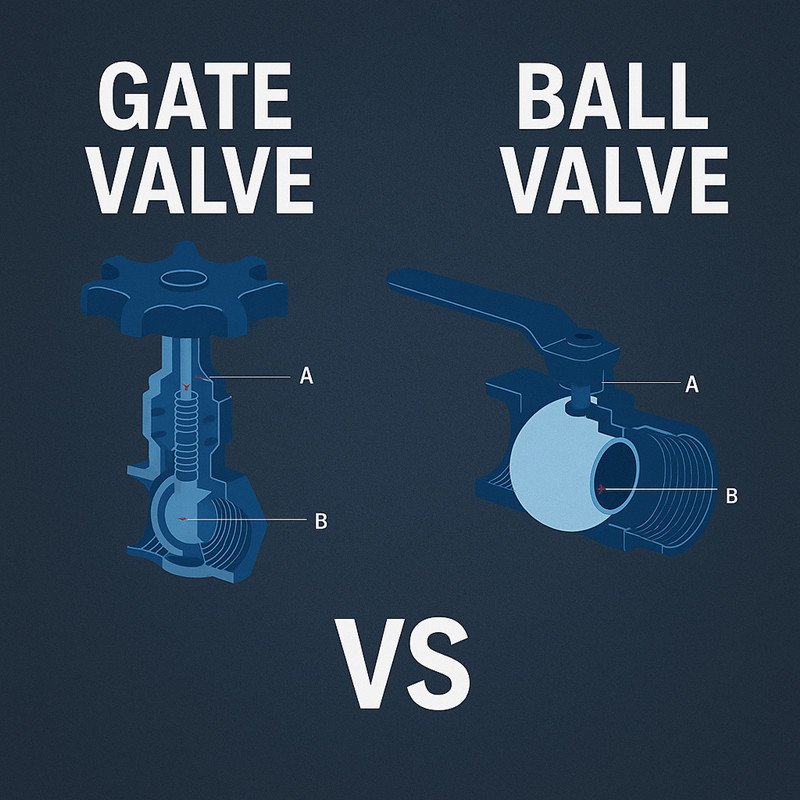
Choosing the wrong instrumentation valves can lead to system inefficiencies, costly downtime, and safety risks. How can you avoid these pitfalls and ensure optimal performance?
Selecting the perfect instrumentation valve depends on understanding system requirements, fluid properties, and operational conditions. Evaluating key factors like pressure, temperature, and compliance ensures a safe and efficient choice.
Instrumentation valves play a crucial role in various industries. Let’s explore the factors that influence their selection and how you can make informed decisions to enhance system performance.
Why Are Instrumentation Valves Crucial in Industrial Processes?
Instrument valves regulate and isolate pressure, flow, and direction in industrial systems. Incorrect choices can compromise operations, efficiency, and safety.
Instrumentation valves are critical components that maintain process accuracy, minimize leaks, and ensure operator safety. A proper selection enhances reliability and system lifespan.
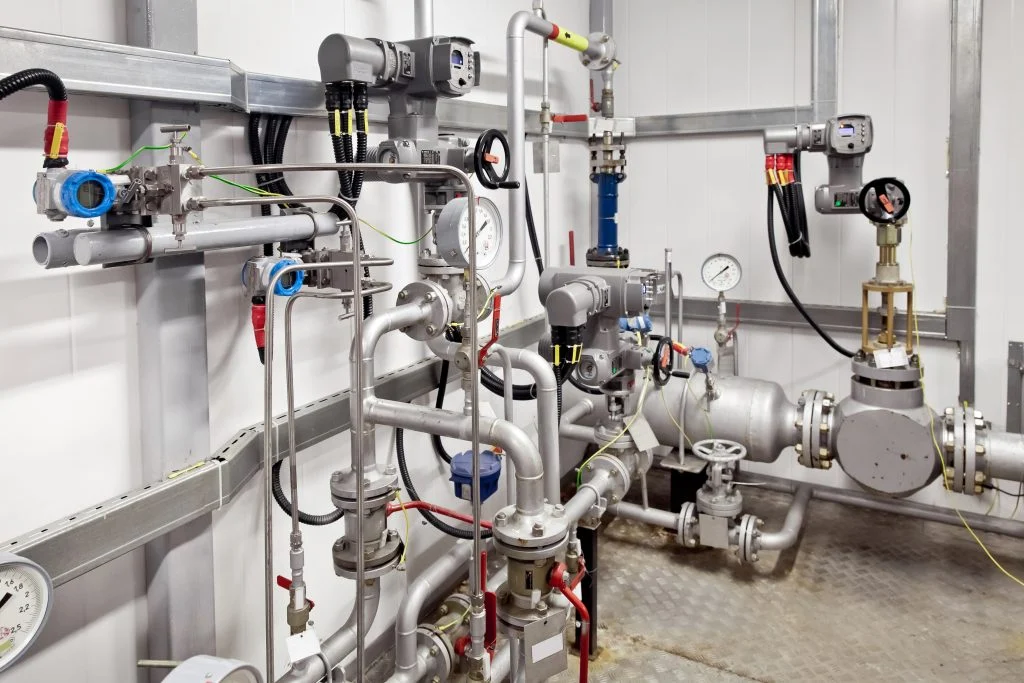
Instrumentation valves act as the backbone of industrial systems. Whether it’s controlling high-pressure gases or corrosive fluids, selecting the right valve impacts operational performance. Understanding their importance will help you make informed decisions.
What Are the Key Factors Influencing Instrumentation Valve Selection?
Choosing the right valve means considering several operational and environmental factors. Ignoring these can lead to failures or inefficiencies.
Critical factors for valve selection include pressure and temperature requirements, fluid properties, operational conditions, and regulatory compliance. Balancing these ensures system integrity.
Pressure and Temperature Requirements
Pressure and temperature ratings directly affect valve performance. Exceeding limits can lead to mechanical failure.
| Factor | Why It Matters |
|---|---|
| Pressure | Determines valve strength and leak prevention |
| Temperature | Affects material compatibility and seal performance |
Assessing these factors ensures long-term reliability and prevents damage from extreme conditions.
Fluid Medium Characteristics
Fluids can be corrosive, abrasive, or viscous, each posing unique challenges for valve materials and seals.
- Corrosive Fluids: Require high-grade materials like stainless steel or superalloys.
- Abrasive Media: May need hardened internals to resist wear.
- High-Viscosity Fluids: Benefit from valves designed for minimal flow resistance.
Operational Conditions
Valves in high-vibration or fluctuating pressure environments need enhanced durability.
- Pressure Surges: Use valves with shock-absorbing designs.
- Vibrations: Opt for robust mounting systems to prevent loosening.
Standards and Regulations
Compliance with standards like ISO, ASME, or API ensures safety and compatibility.
How Do Different Valve Types Compare?
Each type of instrumentation valve has specific features that suit different applications. Understanding these differences is crucial for effective selection.
Ball valves, needle valves, diaphragm valves, and plug valves offer unique advantages and limitations. Matching the valve to your application ensures optimal performance.

Ball Valves
- Advantages: Durable, quick operation, minimal flow resistance.
- Limitations: Poor throttling capabilities, not ideal for fine adjustments.
- Best For: High-pressure systems requiring quick on/off operation.
Needle Valves
- Advantages: Precise flow control, suitable for low-flow applications.
- Limitations: Slower operation, higher pressure drop.
- Best For: Systems requiring accurate flow adjustments.
Diaphragm Valves
- Advantages: Excellent for corrosive or abrasive fluids.
- Limitations: Limited pressure range, slower response.
- Best For: Chemical and pharmaceutical industries.
Plug Valves
- Advantages: Compact design, easy maintenance.
- Limitations: Higher torque requirements, potential for wear.
- Best For: Systems with frequent operation changes.
Real-World Applications of Instrumentation Valves
Different industries have unique requirements for instrumentation valves. Practical examples illustrate successful and failed selections.
Application-based valve selection minimizes risks and enhances performance. Industry examples provide actionable insights.

Success Stories
- Oil and Gas: Ball valves for high-pressure pipelines enhanced operational efficiency.
- Pharmaceuticals: Diaphragm valves ensured sterility in fluid transfer.
Lessons Learned
- Improper material selection in a chemical plant led to valve corrosion and downtime.
- Neglecting temperature ratings caused seals to degrade in a steam application.
How Can You Systematically Choose the Right Valve?
A structured approach simplifies valve selection, ensuring all key factors are considered.
Using methods like STAMP (Size, Temperature, Application, Media, Pressure) or decision trees guides effective valve selection tailored to system requirements.
Applying STAMP
| Parameter | Consideration |
|---|---|
| Size | Valve dimensions must fit the system design. |
| Temperature | Materials must withstand operational temperatures. |
| Application | Match valve type to system requirements. |
| Media | Ensure compatibility with fluid properties. |
| Pressure | Select valves rated for system pressure conditions. |
Decision Trees
Visual aids help simplify the selection process:
- Start with system requirements.
- Narrow down by application and fluid properties.
- Finalize based on compliance and budget.
What Are the Latest Trends in Instrumentation Valves?
Innovations in materials and technology are transforming the valve industry. Staying updated ensures better decisions.
Trends include superalloy materials, smart valves for automation, and increased market demand for efficiency-driven designs.
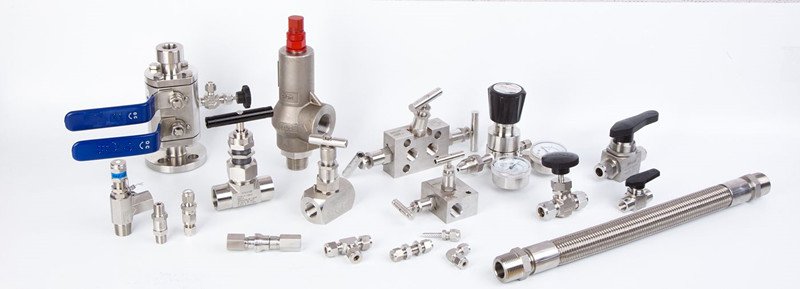
New Materials
Superalloys and composites offer superior performance in harsh environments.
- Benefits: Resistance to corrosion and extreme temperatures.
- Applications: Oil and gas, aerospace, and marine industries.
Smart and Automated Valves
Advances in automation simplify monitoring and control.
- Features: Remote operation, self-diagnostics, IoT connectivity.
- Impact: Improved safety and efficiency in complex systems.
Conclusion
Selecting the perfect instrumentation valve ensures system reliability and safety. By considering operational factors, application needs, and industry trends, you can make informed and effective choices.

